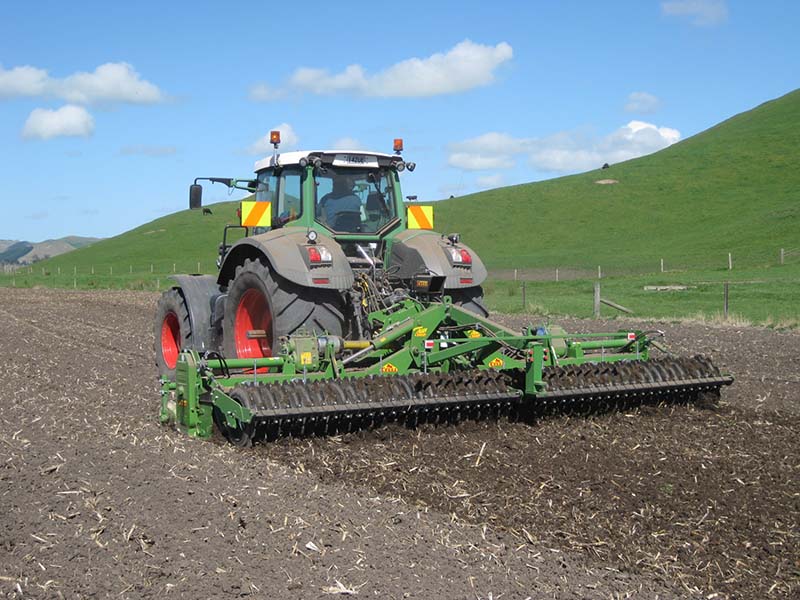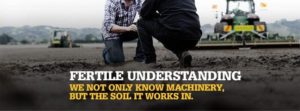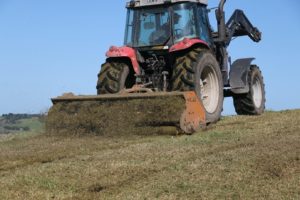The Farmgard Guide to Cultivators
The practice of preparing the soil for crop propagation by mechanical agitation, commonly known as tillage, is as old as agriculture itself. First practised by hand, the earliest tilling machines or “cultivators” were simple wooden or metal harrows and rollers, which were either pulled by farmers or draft-animals until being replaced by mechanical cultivators in the early 20th Century. Fortunately for today’s farmers, modern farming equipment like the rotary hoe or power harrow has made the task of field cultivation much less physically demanding and time consuming. In this blog, we will talk about what field cultivation does, the various methods of cultivation, and the different types of cultivators in use today.
Why is the Purpose of Field Cultivation?
Cultivation is a broad term that is applied to any farming activity in which the top soil of a field is disturbed by mechanical means. The goal of all cultivation is to create the ideal seedbed, promoting healthy, consistent growth and boosting resilience of crops. The various tools and methods of cultivation are used to uproot and bury weeds, aerate soil, increase water flow and reduce pooling.
Harrows
Harrows are a type of cultivating tool that use teeth, spikes, or discs to break up and smooth the top layer of soil. They are not designed to uproot weeds, which is the purpose of tine cultivators.
Disc Harrows
Disc harrows often referred to simply as “discs,” are a popular tool for breaking in new ground. A row of discs mounted on a heavy frame; disc harrows are pulled behind a tractor by a drawbar. The heavy discs cut through thickly thatched earth, slicing and disrupting dense weeds and plant matter.
Of the three main varieties of disc harrows – offset, tandem, and speed disc are the most popular and usually the most effective.
Power Harrows
Unlike disc harrows, which are powered by the forward motion of the tractor to till the soil, power harrows are PTO-driven. Vertically spinning powered rotors are usually powered by a central gearbox. They are used for secondary tillage to further break up and refine the soil to create the perfect seed bed.
Rotary Hoes for sale
A rotary hoe is a versatile cultivation tool that is often used to break up hard clay soil in preparation for planting. They can reduce soil crusting and cause less soil compaction than other types of cultivators. The Ergon 120 range of rotary hoe from Celli features a rigid steel frame and uses a unique triple-sealing system to protect the gears from dirt, water, and foreign objects. A multi speed gearbox minimises power loss and heat buildup, while a robust headstock, box section body, and oil-filled rotor bearings give these rotary hoes a long service life.
Contact Farmgard Today
To speak to someone at Farmgard about our range of cultivators or for information on any of our other products and services like Abbey parts, leaf spring, spreaders and farm equipment. call 1800 FARMGARD today.



